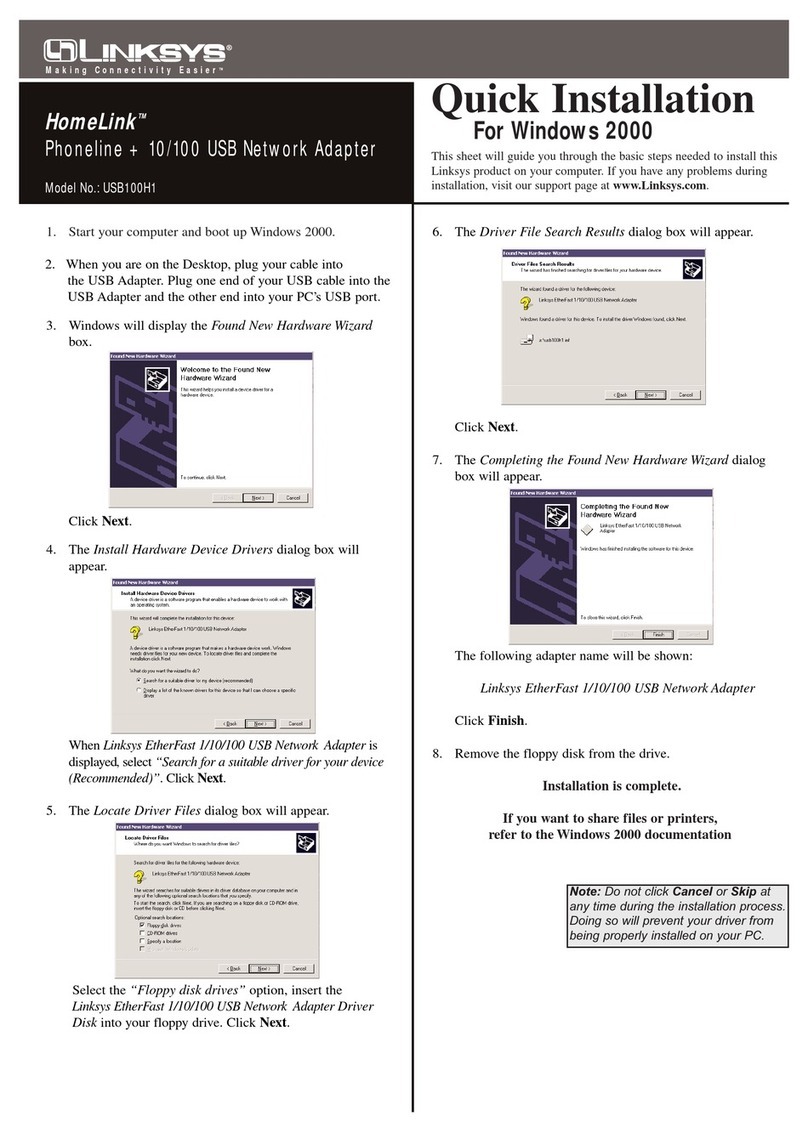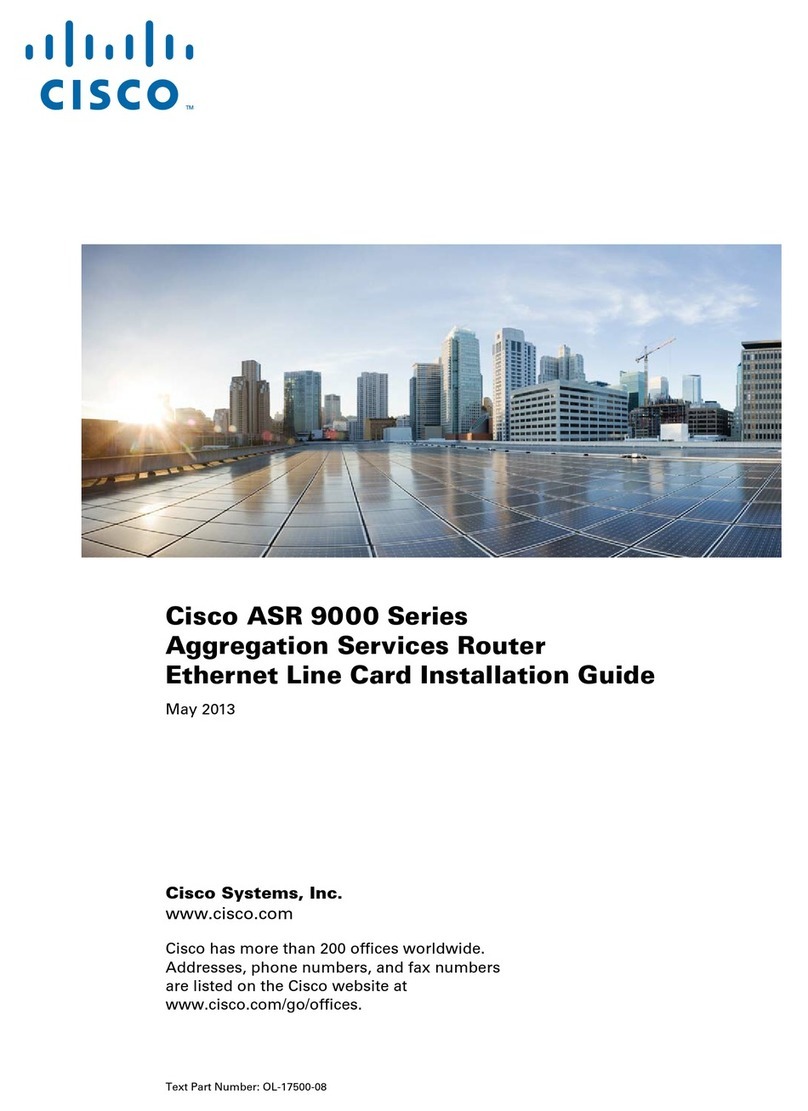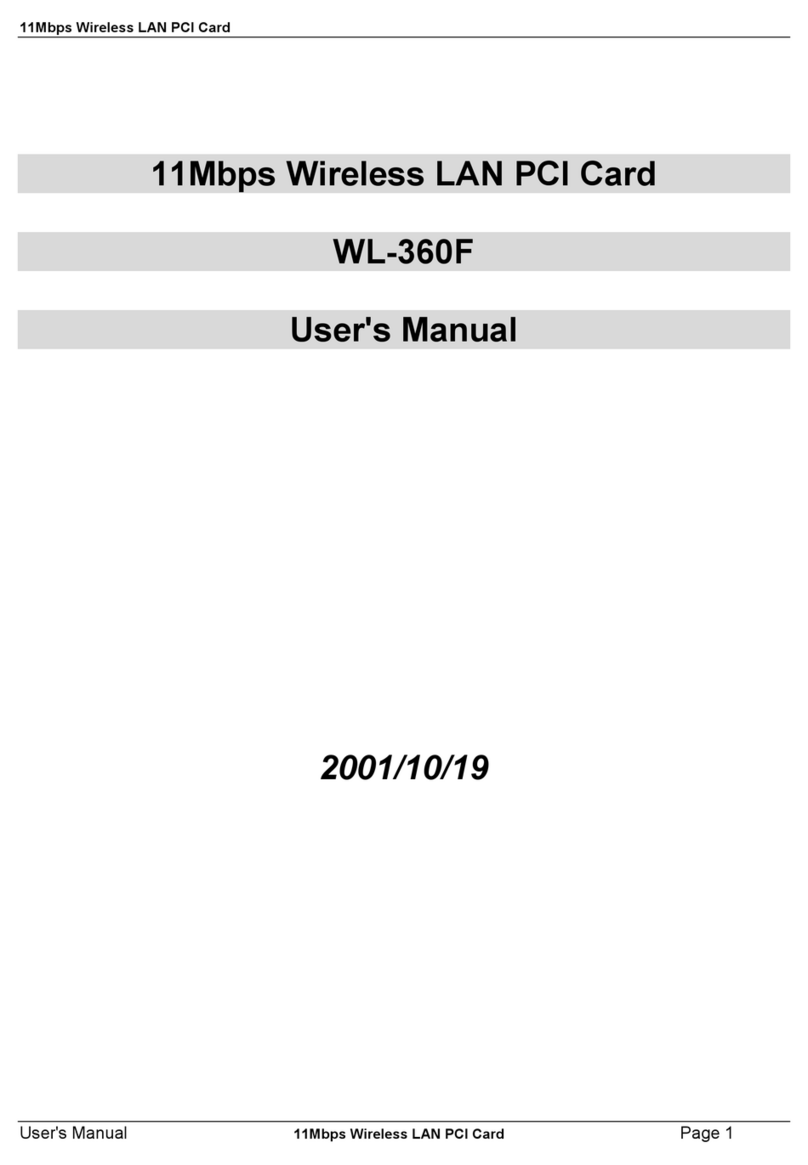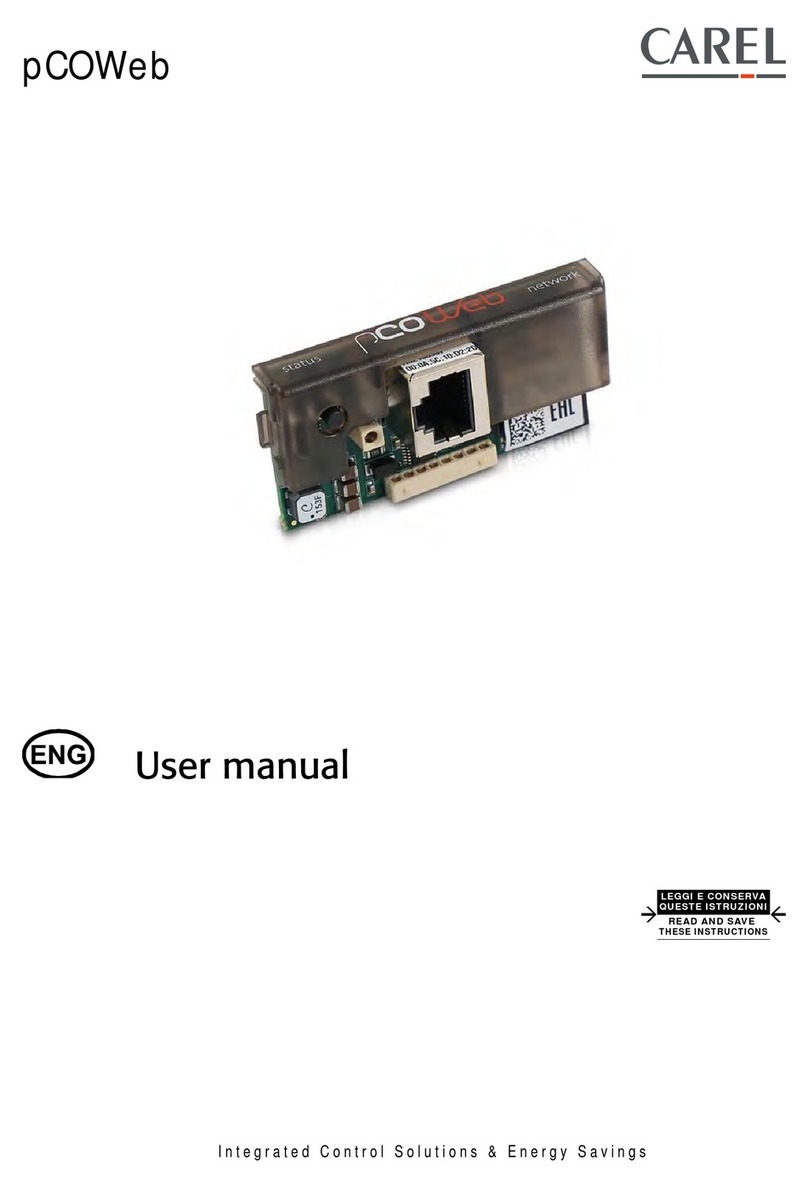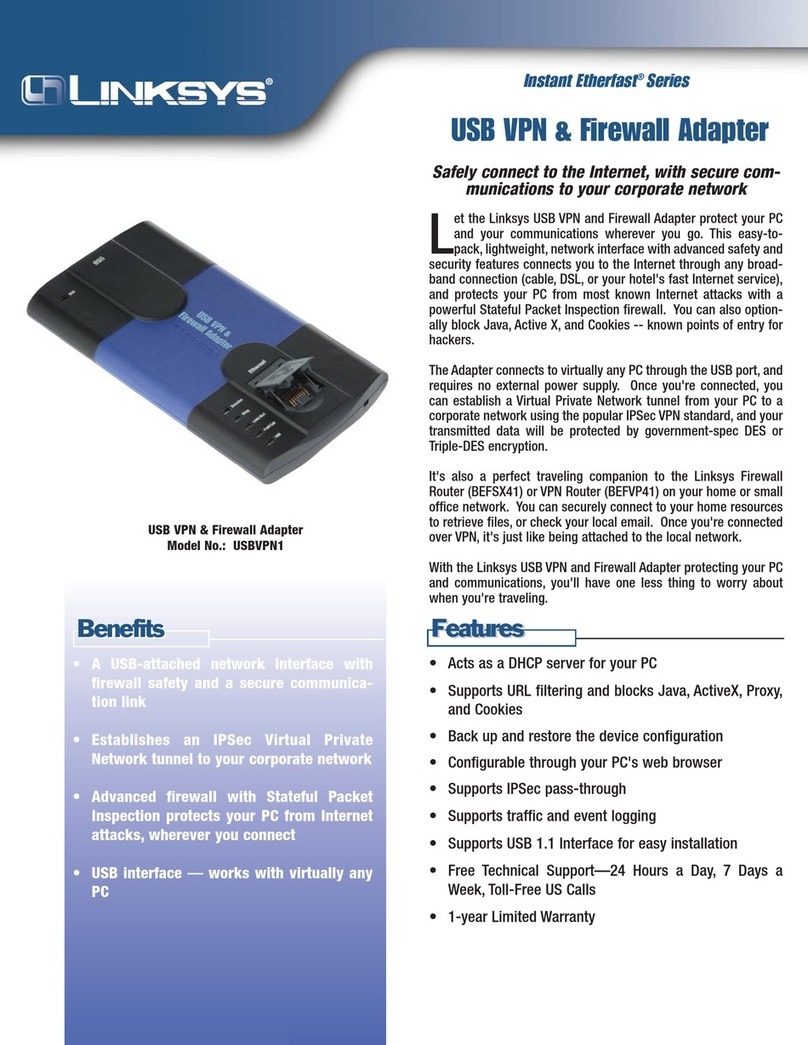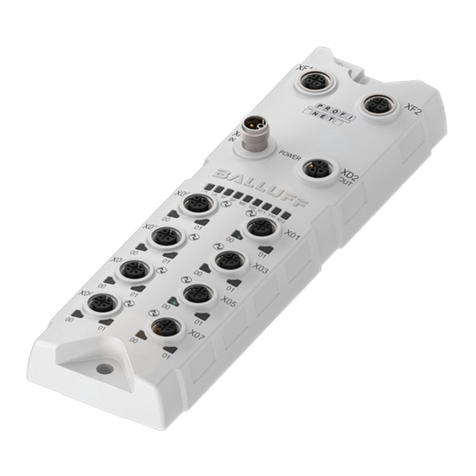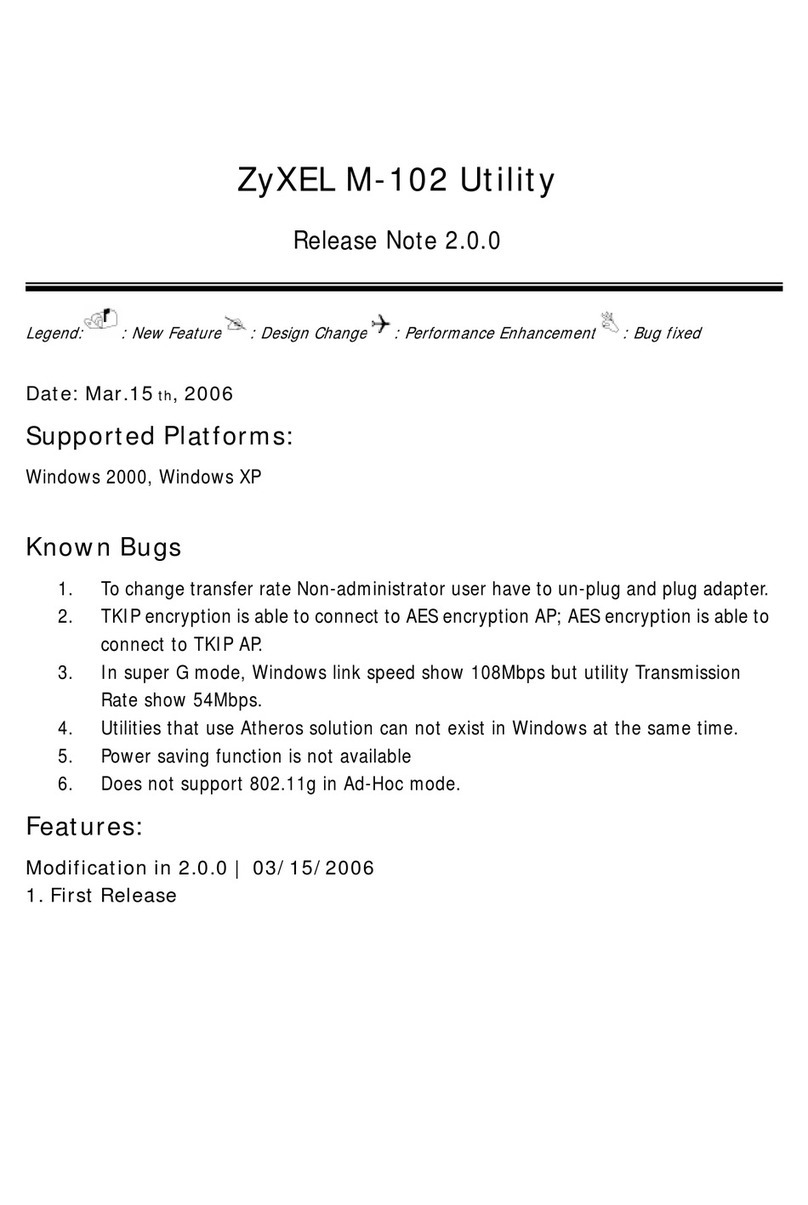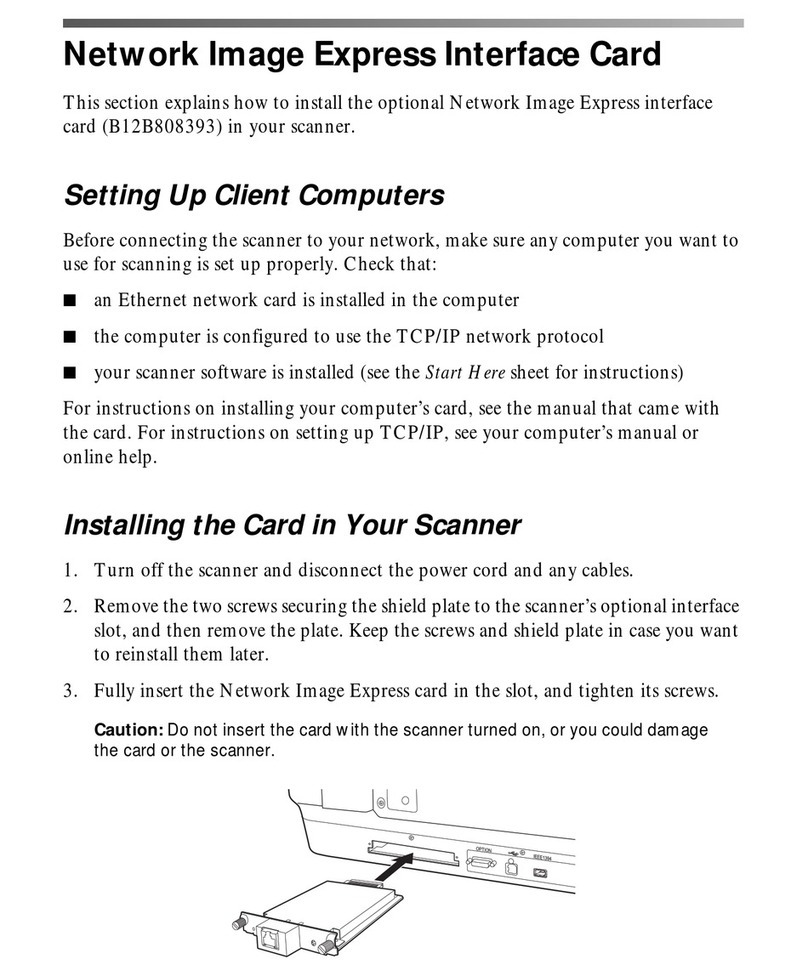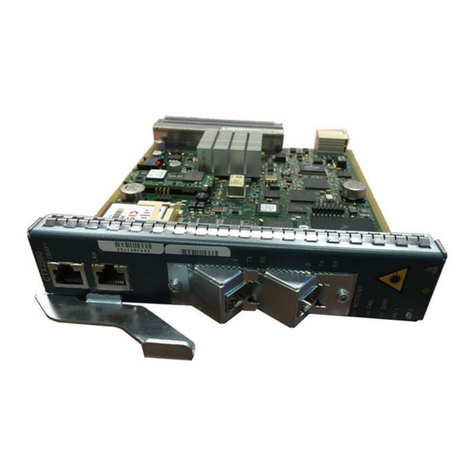CNC4PC C32 User manual

___________________________________________________________________________
User’s Manual Page i
USER’S
MANUAL
C32- DUAL PORT MULTIFUNCTION CNC
BOARD Rev. 5
JULY, 2013
USER'S MANUAL

___________________________________________________________________________
User’s Manual Page ii
TABLE OF CONTENTS
Page #
Contents
1.0 FEATURES.....................................................................................................................1
2.0 SPECIFICATIONS ..........................................................................................................2
3.0 BOARD DESCRIPTION..................................................................................................3
4.0 POWER TERMINALS AND CONFIGURATION JUMPERS............................................3
4.1 Power terminals and configuration Jumpers for inputs.........................................3
4.2 Power terminals and Jumper for Driver monitor circuit .........................................4
4.3 Controller selection jumpers (IEEE1284/SS) ...........................................................4
4.4 Driver Fault Jumpers.................................................................................................5
5.0 CONFIGURATION DIPSWITCH .....................................................................................6
5.1 Position 1.......................................................................................................................6
5.2 Position 2.......................................................................................................................6
5.3 Position 3 and 4............................................................................................................8
6.0 LED INDICATOR ............................................................................................................9
7.0 VARIABLE SPEED CONTROL.......................................................................................9
7.1 Operation Mode Selection Jumper ..............................................................................10
8.0 PINOUT.........................................................................................................................17
9.0 WIRING SAMPLE.........................................................................................................18
10.0 CONNECTING A PENDANT.........................................................................................19
11.0 CONNECTING A C48 ...................................................................................................20
12.0 WIRING DIAGRAMS.....................................................................................................20
13.0 DIMENSIONS................................................................................................................24

C32 (Rev. 5) User Manual
___________________________________________________________________________
User’s Manual Page 1
1.0 FEATURES
Connects directly to the Smooth Stepper (from Warp9).
IEEE 1284 Standard compatible.
Built-in PWM-Based Speed Control.
Built-in Isolated DC-DC converter for analog output voltage.
Two Built-in Electro mechanical Relays with NO and NC positions for
spindle control.
RJ45 Connector for Easy VFD Connection.
Monitors E-Stop, Safety Charge Pump and Drivers.
Monitors VFD alarm signal.(NEW)
Enables and disable the drivers.
Electromechanical Relay with NO and NC positions for general purpose
(Pin 2_16 or Pin 2_17, jumper-selectable).
Microcontroller based SCHP.
RJ45 connectors for all I/Os.
Easy Connections with CNC4PC relay boards and speed control boards.
Connects 4 and 6 axis pendants (MPG2, MPG12, and MPG8)
Optoisolated inputs.
Works with regular parallel ports.
All TTL 5VDC signals.

C32 (Rev. 5) User Manual
___________________________________________________________________________
User’s Manual Page 2
Buffered outputs.
Status LEDs on all inputs and output connections.
Works directly with popular CNC hardware and software.
34 inputs and outputs on 2 ports.
PINS
PORT1
PORT2
TOTAL
INPUT
5
12
17
OUTPUT
13
4
17
TOTAL
18
16
34
2.0 SPECIFICATIONS
OPTOISOLATED DIGITAL INPUT SPECIFICATIONS
Numbers of inputs
18
On-state voltage range
2 to 5V DC
Maximum off-state voltage
0.8V
Typical signal delay
2.8uS
DIGITAL OUTPUT SPECIFICATIONS
Number of outputs
16
Maximum output voltage
(5V power supply voltage) +
0.5V
Typical output current
24mA
Maximum off-state voltage
0.44 V
Maximum supported frequency
4M
Typical signal delay
10 nS
Time of transition to high impedance state
120mS*

C32 (Rev. 5) User Manual
___________________________________________________________________________
User’s Manual Page 3
3.0 BOARD DESCRIPTION
4.0 POWER TERMINALS AND CONFIGURATION JUMPERS
Before connecting the power supplies, follow steps below.
4.1 Power terminals and configuration Jumpers for inputs
These opto-isolated inputs require an external 5VDC to be powered. It is recommended
when isolation between PC and power of inputs is required (set jumpers in REQUIRED
position). Be sure that the GND terminals are common to the GND inputs power.

C32 (Rev. 5) User Manual
___________________________________________________________________________
User’s Manual Page 4
If isolation is not required, don't connect any external power supply to these terminals
and set jumpers in "NOT REQUIRED" position.
4.2 Power terminals and Jumper for Driver monitor circuit
Connects an external (5V) power supply, when using drivers with error or alarm signal
common to its power GND. In this case, set jumper in “REQ” position.
In other cases don't connect any power supply to those terminals and set jumpers in
“NOT REQ” position.
4.3 Controller selection jumpers (IEEE1284/SS)
If using a normal LPT port as control interface, set jumper in “compatible” position.

C32 (Rev. 5) User Manual
___________________________________________________________________________
User’s Manual Page 5
By other hand, if using a SS or an ESS as controller, set jumper in “Not compatible”
position
4.4 Driver Fault Jumpers
Some C34 boards have a special circuit that allows to the C32 detecting when the C34
has been disconnected.
To enable this detection function is required set jumper of the axes to be used in 1-2
position. If the C34 does not include this disconnection detection circuit or this function
is not going to be used, set all jumpers in 2-3 position (see the respective C34 User
manual).
If this function is enabled and any C34 is disconnected, the C32 will go to standby mode
and a driver error will be shown.

C32 (Rev. 5) User Manual
___________________________________________________________________________
User’s Manual Page 6
5.0 CONFIGURATION DIPSWITCH
DIPSWITCH allows activating or deactivating the SCHP detection function, and
selecting the driver to use and delays an enable signal for external devices.
5.1 Position 1
The enable output (Pin 17-Port 2) will be activated when the driver enable process
starts. A delay in the signal activation time could be added by selecting the OFF position
in the DIPSWITCH.
The table below shows the delay time for each supported driver.
SWITCH 1 OFF: Delayed enable output (Pin 17-Port 2).
SWITCH 1 ON: Non Delayed enable output (Pin 17-Port 2).
5.2 Position 2
Safety Charge Pump “SCHP”. (Pin 17 “Port 2”)
This board takes advantage of Mach ability to send a specific frequency through one of
the pins of the parallel port when the program is in control of the system.
Selecting the SCHP operation mode
DRIVER
DELAY
(Sec.)
G320/340
5
G203
2
G210/201/Keling
2
Viper Servo
driver
5

C32 (Rev. 5) User Manual
___________________________________________________________________________
User’s Manual Page 7
Onboard DIPSWITCH allows activating or deactivating the SCHP detection function.
SWITCH 2 ON: Activate the SCHP detection function.
SWITCH 2 OFF: Deactivate the SCHP detection function.
Note:When the Safety Charge Pump function is activated, 5V are present in the E-Stop
terminal and a valid SCHP signal is present, Port 2 Pin 17 will go high. This high signal
can be used to enable other external devices, such as enabling other Breakout Boards,
or relays that would enable servos, VFDs, contactors, etc….Variable Speed Control
(pin 14 “Port 1” ) and VFD connection.
For Configuring the Charge Pump in Mach X:
Use the dialog Config / Ports and pins / Output Signals. Enable the Charge Pump
output and configure it as is shown in the Fig. 12 Next, press the apply button.

C32 (Rev. 5) User Manual
___________________________________________________________________________
User’s Manual Page 8
5.3 Position 3 and 4
Select the driver you will use according to the table below.
This board includes a Microcontroller-based driver monitoring system. It performs
enabling and monitoring functions for servo Drivers, and only enabling function for
stepper drivers. It is required connect the driver ERR/RES (servo drivers) or EN
(stepper driver) terminal to the pin 5 of each RJ45 driver connector.
Here is a brief description of how these functions are performed for each operation
mode.
Operation Mode 1 (G320/DG4S)
When the system starts, the C32 error/reset pins go to a low state (0V), making sure the
driver remains disabled. When SCHP and E-Stop function are checked and validated
and there is no fault signal coming from any driver, the system sends a high (5V) to the
driver’s error/reset pins for about 5 seconds to enable the drivers. After that the system
monitors the driver’s err/res pins. If a fault occurs on any driver (0V in driver ERR/RES
pin) or an external fault occurs (E-Stop or SCHP fault), the system stops and sends an
e-stop signal (Active low) to the controller. All outputs on the board are disabled and
the drivers will be disabled by sending a LOW (0V) to the drivers ERR/RES pin. The
system will remain that way until the conditions to restart are present again.
Operation Mode 2 (G203)
When the system starts, the C32 enable pins go to a HIGH state (5V). When SCHP
and E-Stop function are checked and validated, the system send a LOW (0V) to the
driver’s EN pin for about 2 Sec, enabling the drivers. If an external error occurs, the
system stops, resets the CNC software and sends a HIGH (5V) to the drivers EN pin.
The system will remain that way until the conditions to restart are present again.
Operation Mode 3 (G210/201)
When the system starts, the C32 enable pins go to a LOW state (0V). When SCHP and
E-Stop function are checked and validated, the system send a HIGH (5V) to the Drivers
EN pin for about 2 Sec, enabling the Drivers. If an external error occurs, the system
stops, resets the CNC software and sends a LOW (0V) to the drivers EN pin. The
system will remain that way until the conditions to restart are present again.
OPERATION
MODE
COMPATIBLE
DRIVER
DIP 3
DIP 4
Mode 1
G320/DG4S
0
0
Mode 2
G203
1
0
Mode 3
G210/201/Keling
0
1
Mode 4
Viper
1
1

C32 (Rev. 5) User Manual
___________________________________________________________________________
User’s Manual Page 9
Operation Mode 4 (Viper, Teco and Delta)
When the system starts, the C32 enable pins go to a low state (0V). When SCHP and
E-Stop function are checked and validated and there is no fault signal coming from any
driver, the system sends a high (5V) to the driver Fault output pin, enabling the drivers.
After that the system monitors the driver’s Fault Output pin. If an error is generated in
any driver (0V in driver Fault Output pin) or an external error occurs, the system stops,
resets the CNC software and sends a LOW (0V) to the drivers to ensure they remain
disabled.
6.0 LED INDICATOR
The standby LED lights to indicate that the system is ready but disabled. When Status
LED, (Green LED) lights, it indicates that the system is enabled.
There are 4 possible error sources: a driver fault, E-STOP error, SCHP error or VFD
alarm. An LED will light close to the source of the fault.
7.0 VARIABLE SPEED CONTROL
Variable Speed Control allows controlling the spindle with PWM and direction signals,
as if it was an axis motor. It converts the PWM signal into an analog (0-10VDC) signal.
A Variable Frequency Drive or Inverter works by modifying the frequency for AC motors.
You can control most of these devices with an external analog signal (0-10VDC). That
is, if there is 5VDC control signal, the motor will run at 50% of full speed, if there is
10VDC, the motor will run at 100% of full speed. If there is no voltage, then the motor
will stop.
This function can also be used on many DC motor controllers by replacing the
potentiometer that controls the speed.
WARNING: You will require a voltmeter to fine tune your system.
Before connecting anything, please be sure to read your VFD’s manual and make sure
you understand all the safety issues.

C32 (Rev. 5) User Manual
___________________________________________________________________________
User’s Manual Page 10
7.1 Operation Mode Selection Jumper
This jumper allows selecting the way how the relays are activated when a PWM signal
and REV signal are present in the pins 1_14 and 1_16.
In US mode one relay is used to start on CW and the other one to start on CCW. In
international mode one relay is used for on/off, and the other one to indicate the CW or
CCW rotation of the spindle motor. This board uses the step and direction setting for
the spindle motor under motor output in Mach3 to generate the required action on the
relays. For both cases the presence of PWM will indicate spindle start.
See the tables below.
US MODE (INT)
PIN
RELAYS
1_14
1_16
REL 1
REL 2
OPERATION
PWM
1
OFF
ON
Spindle ON CCW
PWM
0
ON
OFF
Spindle ON CW
0
1
OFF
OFF
Spindle Off
0
0
OFF
OFF
Spindle Off
INTERNATIONAL MODE
(INT)
INPUTS
RELAYS
1_14
1_16
REL 1
REL 2
OPERATION
PWM
1
ON
ON
Spindle ON CCW
PWM
0
ON
OFF
Spindle ON CW
0
1
OFF
OFF
Spindle Off
0
0
OFF
OFF
Spindle Off
Relay 1 and 2 (Pins 16 “Port 1”)
They can be used to control the VFD. The relay specifications are shown in the table
below.
ELECTROMECHANICAL RELAYS
SPECIFICATIONS
Maximum Current (AC)
7A@240VAC;
10A@125VAC
Maximum Current (DC)
15A@24VDC;
10A@28VDC

C32 (Rev. 5) User Manual
___________________________________________________________________________
User’s Manual Page 11
RJ45 for VFD Connection
This RJ45 port let you make an easy connection between this board and the VFD.
RJ45 for VFD
RJ45
PIN
Function
1
Analog GND
2
Analog Output
3
VFD Alarm (NEW)
4
REL 1 Normally Open Contact
5
Not Used
6
REL 2 Normally Open Contact
7
Ext. 12VDC or 24VDC
8
Relay Common
An. GND: Ground of the Analog output signal
Analog Output: Isolated Analog Output Signal (0-10V)
VFD Alarm: Alarm signal generated by the VFD. (See VFD ALARM JUMPERS section)
Ext. 12VDC or 24VDC: External 12VDC or 24VDC power supply used to enable the
VFD.
Relay Common: The signal or voltage wired to this terminal can be connected to the
common terminals of the relay 1 and relay 2. Use the on-board RELAY COMMON
JUMPERS to do this connection. Remove the jumper if this connection is not required.

C32 (Rev. 5) User Manual
___________________________________________________________________________
User’s Manual Page 12
VFD Connection and configuration jumpers
VFD Alarm jumpers
Many VFDs have general purpose relay that can be configured to generate an alarm
(Use its N.C. contacts). This board takes advantage of this feature to monitor the VFD
status.
The signal to monitor must be referenced to the Analog GND.
When the used alarm signal is “Analog GND”, set jumper as shown below

C32 (Rev. 5) User Manual
___________________________________________________________________________
User’s Manual Page 13
When the used alarm signal is a positive voltage referenced to “analog GND”, set
jumper as shown below
If the VFD alarm monitoring function is not performed, set jumper as shown below

C32 (Rev. 5) User Manual
___________________________________________________________________________
User’s Manual Page 14
For additional wiring diagrams, check the bottom of this product’s page:
http://www.cnc4pc.com/Store/osc/product_info.php?products_id=255
Configuring the Control Software:
For configuring Mach X follow these steps:
Go to Config / Ports&Pins / Motor Outputs. Enable the spindle and select the port and
pins you wired for step and direction.
Ports&Pins configuration screenshot
Go to Config / Ports&Pins / Spindle Setup. In the motor control box, check Use Spindle
Motor Output and PWM Control with a frequency of 300Hz. If using an external motion
controller, like the Smooth Stepper, this needs to be configured in the plugin too.

C32 (Rev. 5) User Manual
___________________________________________________________________________
User’s Manual Page 15
Under Pulley Ratios set the pulley ratios of the machine.
Spindle Setup screenshot
Go to Config / Motor Tuning / Spindle. Set the velocity and acceleration to the max.
Motor Tuning and Setup screenshot
After configuring the Mach, these steps should be followed.
Connect a multimeter to the analog output terminals to fine tune the analog output.
Comment the spindle to go at max speed and make sure you get +10vdc. To adjust it
you can play with the potentiometer or the max speed you have set under motor tuning.

C32 (Rev. 5) User Manual
___________________________________________________________________________
User’s Manual Page 16
Replacing a Potentiometer:
This circuit can be used to replace a potentiometer of a DC
motor speed control circuits. This speed controller circuits are
very commonly used by SIEG, KB Electronics, and many other
Asian machines. Before explaining how to do it, please first
keep in mind that it can be done if the voltage that goes though
the pot is +12vdc or less. This circuit cannot be used for AC
currents.
In most cases the terminals that go to the potentiometer will
carry these signals:
P1 = GND
P2 = WIPER
P3 = REFERENCE VOLTAGE
These are the steps for replacing a potentiometer:
Measure the voltage difference between P1 and P3. Make sure it measures
under +12vdc.
Fine tune the analog output to the output voltage you got from step 1.
Connect the ground from the analog output to the ground of the potentiometer (P1).
Connect the analog output to the wiper connection of the potentiometer (P2).

C32 (Rev. 5) User Manual
___________________________________________________________________________
User’s Manual Page 17
8.0 PINOUT
Fig. 9RJ45 Distribution
RJ45 PIN P.P. PIN RJ45 PIN P.P. PIN RJ45 PIN P.P. PIN RJ45 PIN P.P. PIN RJ45 PIN P.P. PIN
1 GND_EXT 1 GND_EXT 1 GND 1 GND 1 GND_EXT
2 1_13 2 NC 2 2_17 2 NC 2 2_15
3 1_12 3 E-STOP 3 2_16 3 NC 3 2_13
4 1_11 4 2_11 4 2_1 4 2_16 4 2_12
5NC 5 1_15 5 2_14 5 2_17 5 2_10
6NC 6NC 6NC 6NC 6NC
7 5V_EXT 7 5V_EXT 7 5V 75V 7 5V_EXT
8 2_16 8 NC 8NC 8NC 8NC
C16, A32, C45, A61
C3, C48
C15, C8, C9, C55, C56
General Porpuse
Isolated inputs
C19, C15, C5,C8, C9, C47,
C41, C6,C36, C54, C55,
C56
Supported connection
Supported connection
Supported connection
Supported connection
Supported connection
RJ45_7
RJ45_8
RJ45_9
RJ45_10
RJ45_11

C32 (Rev. 5) User Manual
___________________________________________________________________________
User’s Manual Page 18
M_N: Parallel port or Smooth Stepper pin, where M is the port number and N is the pin
number.
* When connecting optoisolated boards, a connection between the ground of the C32
and the board must be used. This is the case for the C15 and C19.
9.0 WIRING SAMPLE
Table of contents
Popular Network Card manuals by other brands
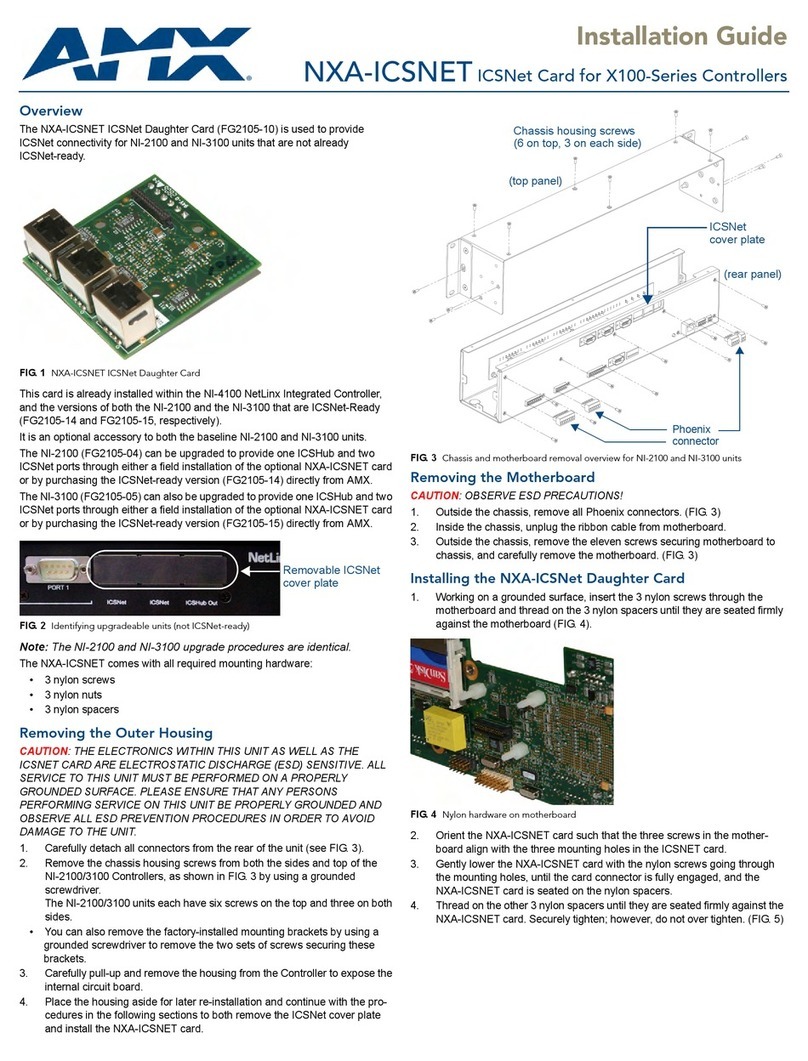
AMX
AMX ICSNet Daughter Card NXA-ICSNET installation guide

Lindy
Lindy 70918 user manual
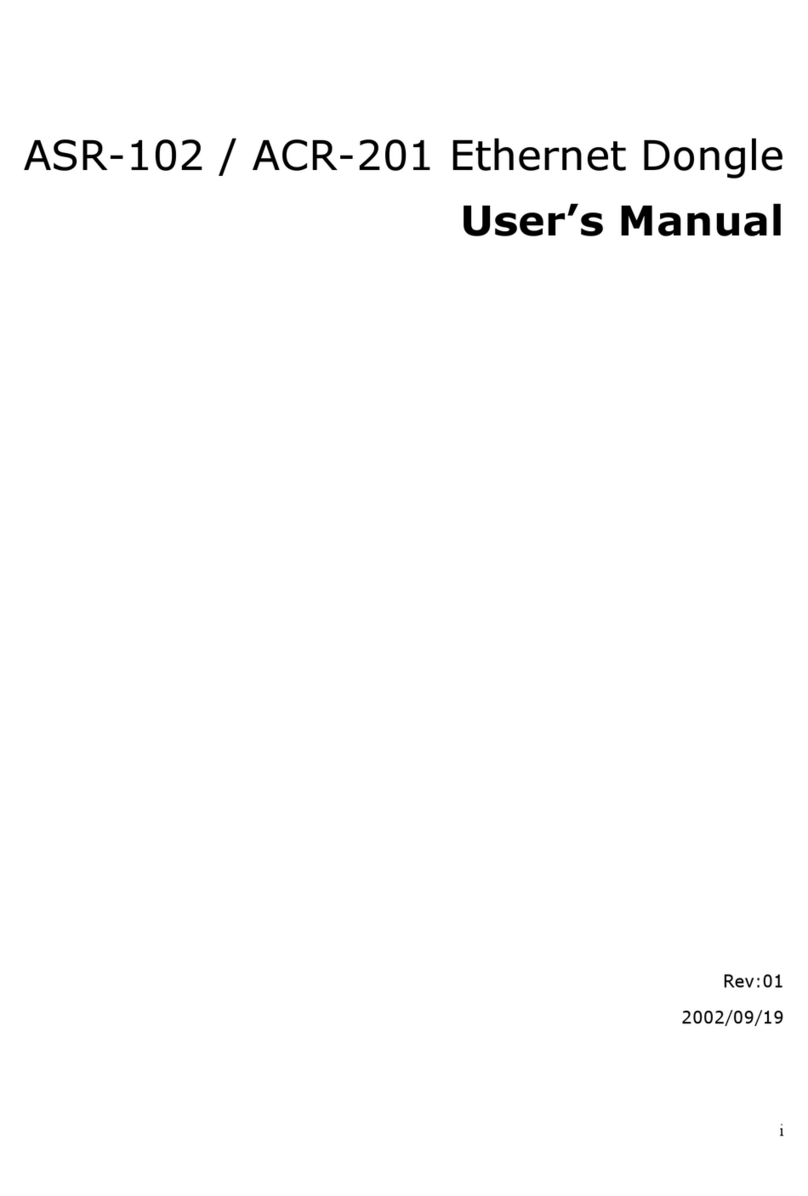
OTC Wireless
OTC Wireless ACR-201 user manual
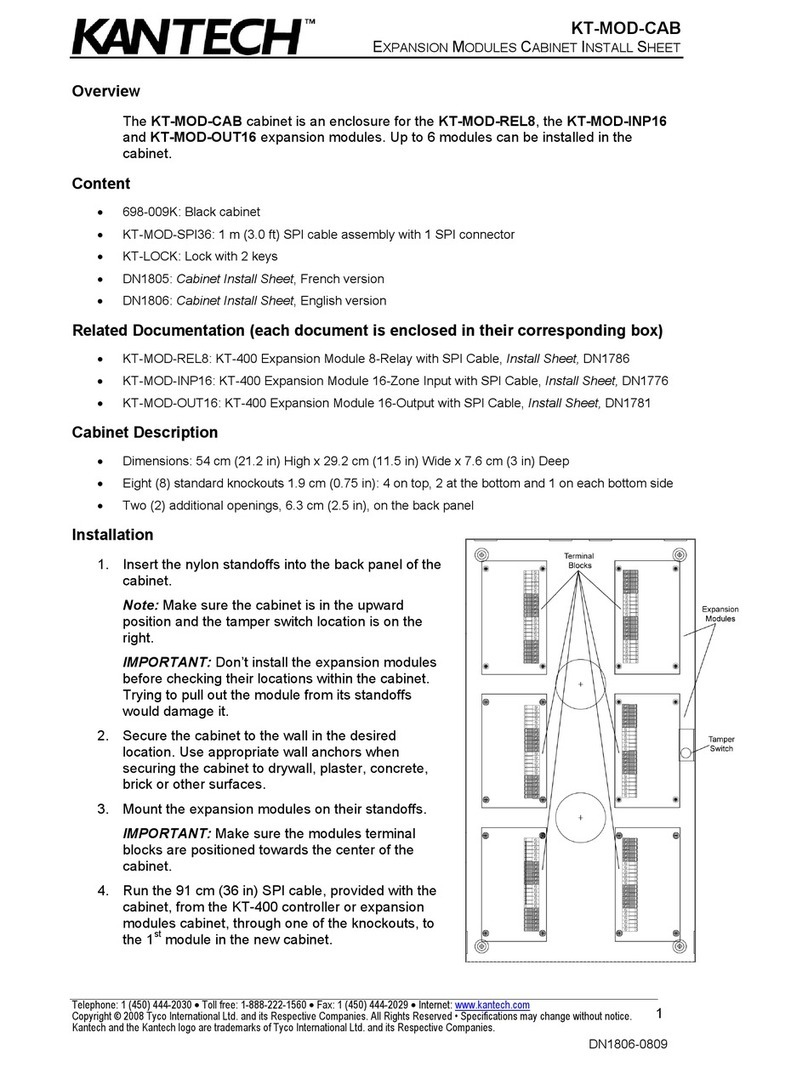
Kantech
Kantech Expansion Modules Cabinet KT-MOD-CAB Installation sheet

Belkin
Belkin F6D3000-HP user manual
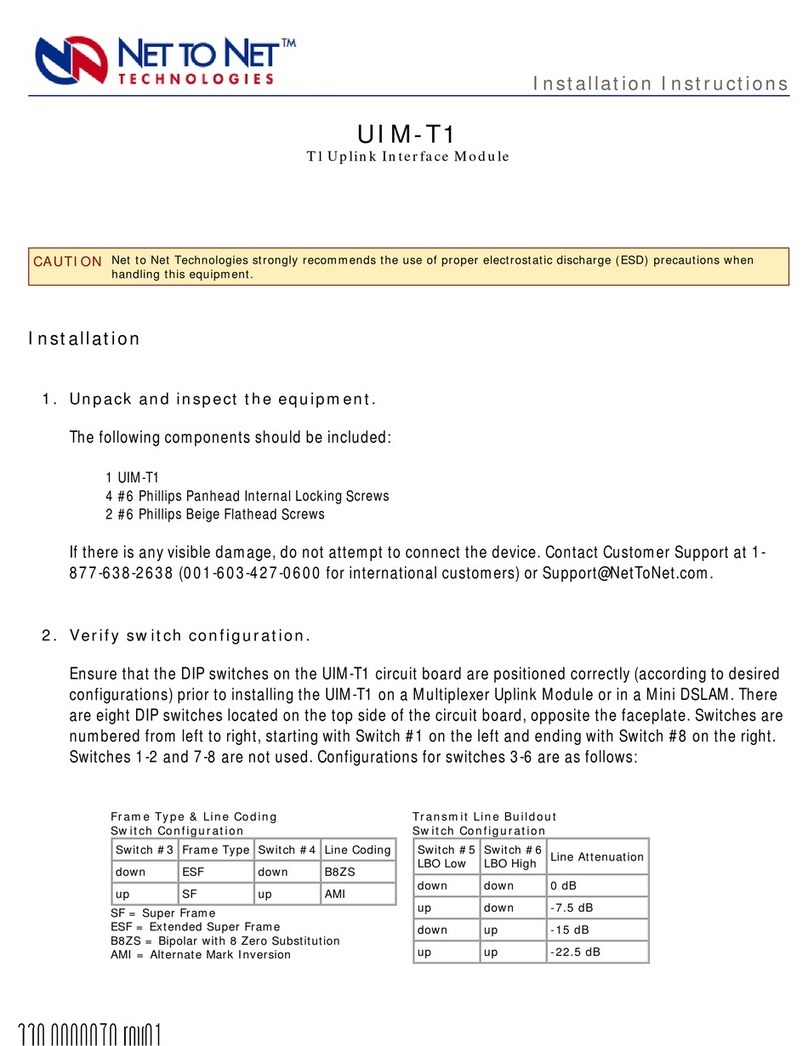
Net to Net Technologies
Net to Net Technologies UIM-T1 installation instructions
